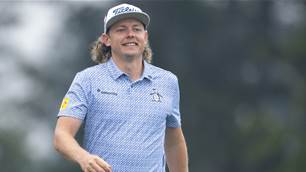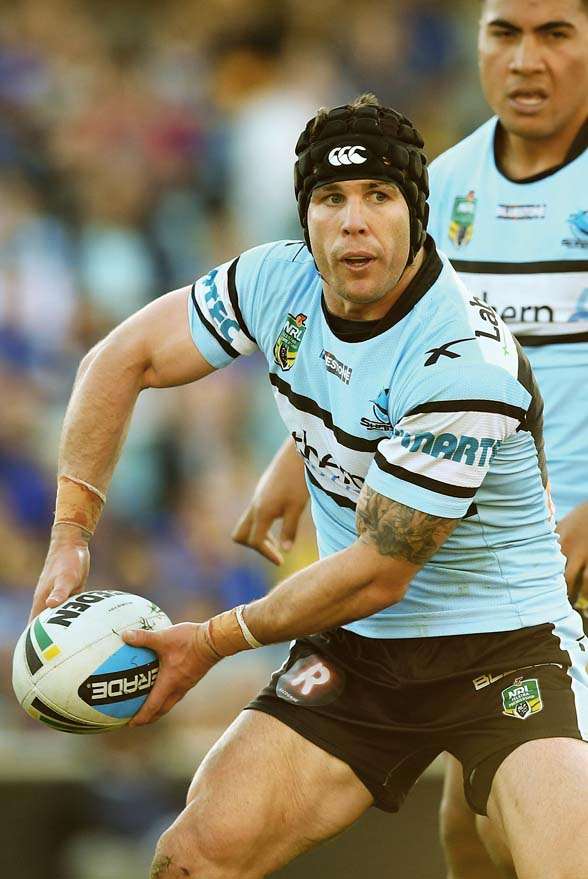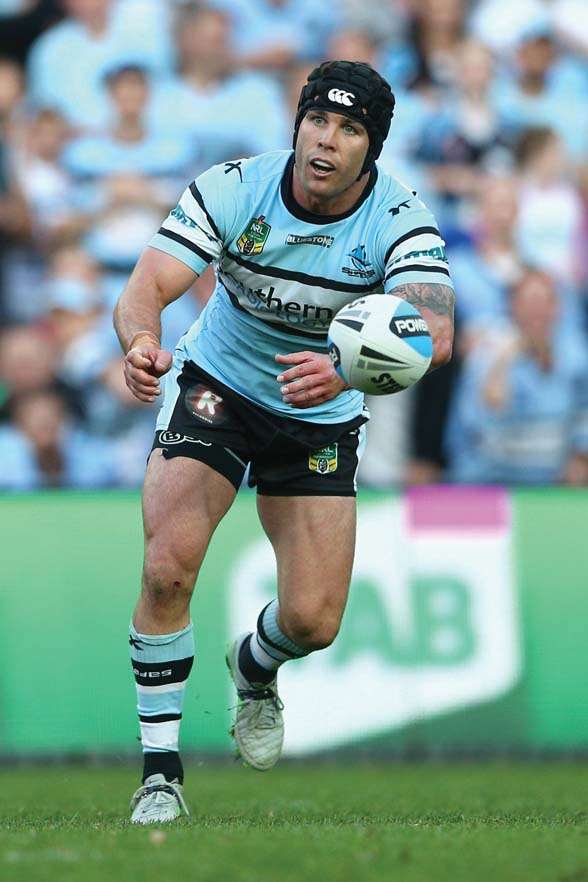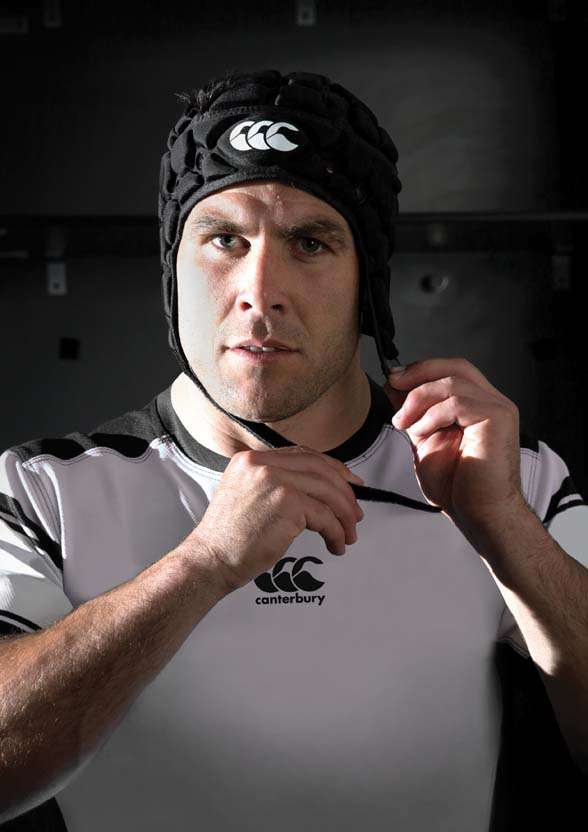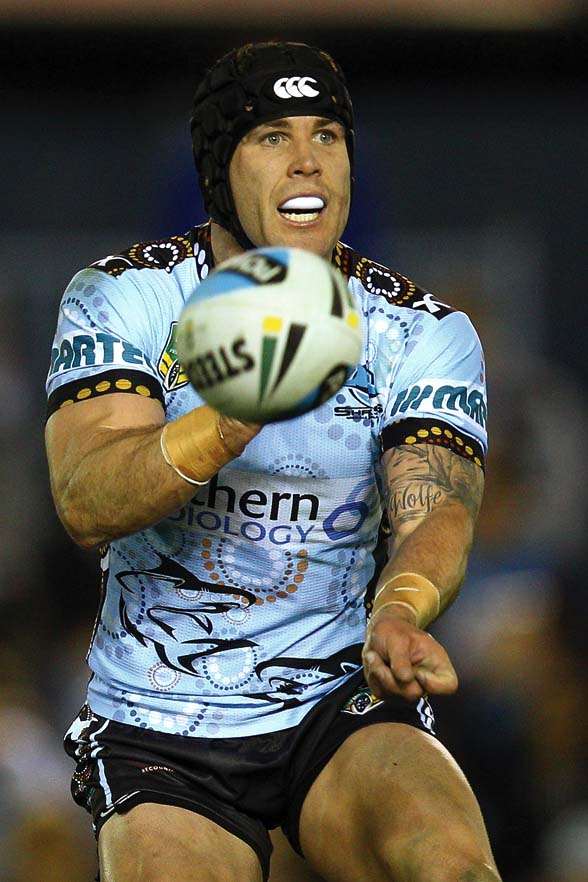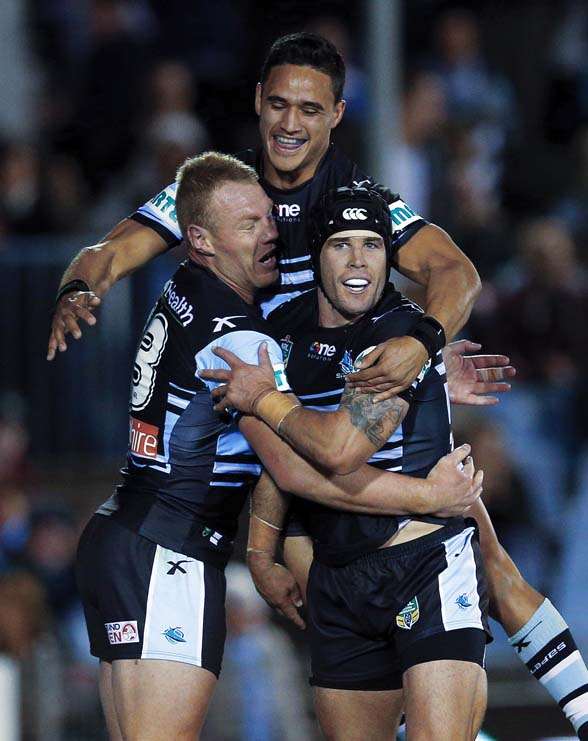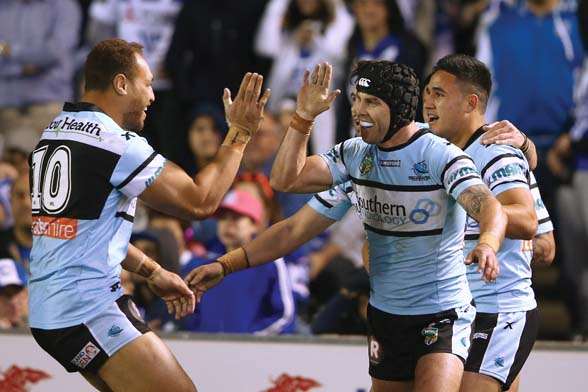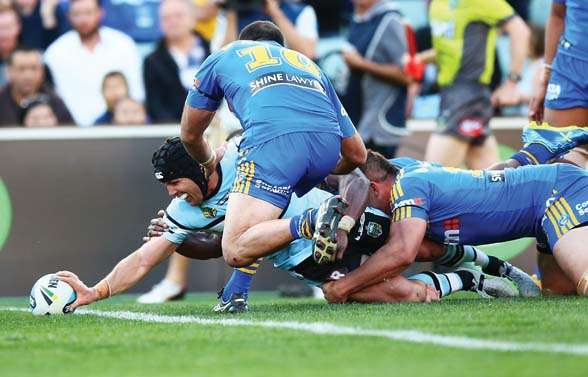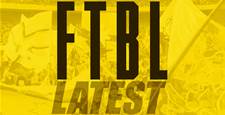Transition from pre-season training to game prep.
In the “olden” days (any year not starting with a two), it seemed to take even the best rugby league teams an age to blast away the summer cobwebs and find their stride after the off-season; clubs were generally allowed an unofficial grace period of four-five rounds to get over their so-called “rustiness”. Rugby league teams never used to start training until January for a March kick-off, which meant limited time to practise set moves and form defensive patterns before the opening rounds of the season.
That “clunkiness” has been reduced dramatically in recent seasons, according to Mick Ennis. The Cronulla-Sutherland Sharks’ veteran hooker is in his 14th season in the National Rugby League, and has witnessed first-hand the vast changes the game has undergone as far as the pre-season preparation/regular season training transition is concerned. These days, he’ll tell you, training starts in November, with the ball being picked up virtually first day back.
Since 2003 the 32-year-old has enjoyed stints with the Knights, Dragons, Broncos, Bulldogs and of course the Sharkies. By now his box of tricks contains everything from clever plays to methods of getting under the skin of rival players; renowned as one of the cheekiest players in the NRL, his 2011 on-field clash with the now-retired but seemingly unflappable Nathan Hindmarsh is still being talked about ...
Very few players are as competitive or love their training as much as “The Menace”, which is why we asked him to break down that most rugby league of cliches – the arduous off-season – and tell us exactly what goes into the horror summer stretch; how it actually helps teams throughout their entire NRL campaign.
TIMES HAVE CHANGED
“When I first started playing first grade, we just used to run kilometres ... and more kilometres at training. There were times where we’d do three-kilometre time trials, we’d do repeat 100m efforts, 400s, 200s, 800s, because that’s just what you did. Whereas now, it’s so rugby league-specific; it’s all short, fast, real high-intensity work with less rest. There’s a lot of interval and shuttle training to get the body ready for what our game is: you’re ten metres apart and you need to be able to go up and back and get off the ground as quickly as possible ... again and again.”
HI-TECH
“Our high-performance guy at Cronulla, Andrew Gray, will come to us after looking at all our data from our latest game, or over the summer after big, heavy training blocks. The GPS units we wear don’t just measure how far we run. These days they can tell you how much load goes through each leg; whether you’re favouring one leg, the strength in each leg, the volume of the impacts you have when you do a contact session, and what effect that has on your body. Then, sure, there’s the basics of how far you’ve run and what speed you’ve run at. Every day Andrew will produce a spreadsheet of data for staff and players to look at so you can really see what you’ve done for the day. There’s nowhere to hide anymore ... The GPS technology brings a real honesty out in the group, which is great.”
SUMMER TO WINTER
“Obviously during the pre-season you’re trying to complete a high volume of work to allow you to build-up some solid miles. You want to put more work in during a pre-season week than you would during the season because of the absence of games during the summer. In the gym you’re certainly trying to complete as much strength-building work as you can so that when the season comes around you have a good base. When the season gets going, you’re not always able to train at the intensity you do through the summer, due to the fact you’re constantly trying to recover from the bumps and bruises you cop week in, week out while playing.”
STAGES OF PRE-SEASON
“We normally get about a six-to-eight-week break after the season. I really enjoy my training, so I try to force myself to stop exercising for three-four weeks and just totally get away from it to allow the body to fully recover and freshen up. As pre-season approaches, I start to get into a bit of my own training, just to give myself a little base. During pre-season, Tuesdays and Fridays are our big conditioning days and Wednesday is a recovery day. Guys who need top-ups or need to do extra work tend to do that on Saturday mornings. But for us senior guys, the training staff tends to put enough training mileage through us between Monday and Friday, which allows us to have the Saturday and Sunday with our families. But certainly Tuesdays and Fridays are heavy blocks during the pre-season. Monday, Tuesday, Thursday and Friday are really big weights days over the summer, too. That’s basically the schedule for us at the Cronulla Sharks.”
TALKING TACTICS
“We look at our playing structures pretty early on in pre-season. The more practice you put in through November and December, the easier January and February can be in terms of really just fine-tuning the detail rather than trying to play catch-up as the season approaches. Years and years ago we didn’t touch the ball for the first month; you just did conditioning. You’d find that, through the back end of December, because no one had touched a football, sessions were quite clunky and messy at times. You’d spend a lot of January and February trying to get up to speed, whereas nowadays we pretty much get all our playing structures and formats ready through November. Then by mid-December the coaching staff takes a bit of a step back to allow the team to go and execute what we’ve practised over the past month and build that confidence within each other. The coaches can’t be out there telling us what to do during games, so the players really need to take ownership of the team and the structure. Especially us guys at hooker, in the halves and the fullback; we’re the four guys driving the coaching staff’s structures out on the field.”
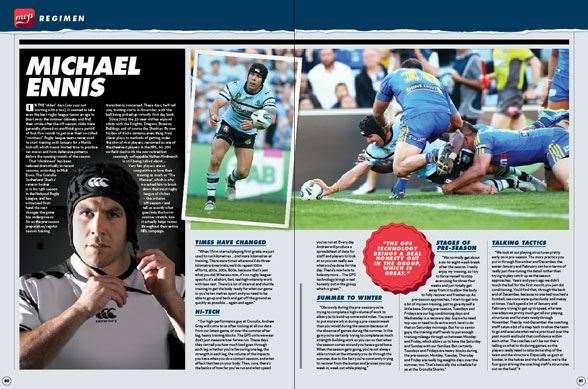 Michael Ennis, Inside Sport, April 2016 edition.
Michael Ennis, Inside Sport, April 2016 edition.SOLID STRUCTURES
“An example of a structure in modern rugby league might be one where a team is trying to get to a certain position on the field to be able to then put on an attacking play or put on a certain move they think can challenge the defence. You might be looking to use one or two rucks to get to that certain position to load up with your special play. Every side is pretty similar, to be honest. It’s just how you execute the plays and how well you can sustain that concentration for 80 minutes.”
CHANGE OF PLAN?
“There are coaches who stick to certain structures for the whole season. With these guys, it’s pretty much a case of waiting for the opposition to crack and we’ll make our inroads there. Other coaches really like the tactical side of the game; they like to change things regularly and feel that each team they play against defends differently, so they try to bust their weaknesses by changing our attacking structures. I’ve probably been on both sides of the fence. Our coach at Cronulla, Shane Flanagan, has a really good set of structures that he likes to stick to throughout the season, but week to week if there are minor changes we need to make, or certain set plays that he likes to add or bring in because of who we’re playing against, then he’s able to do that.”
TO THE TEST
“It’s almost chalk and cheese between the off-season and regular season as far as our weights are concerned. Our guy at Cronulla, Robert Leslie, is a terrific weights trainer. Over the off-season it’s all about working up to a testing week. To start, you might have a week or two at eight and six reps. The next week will be fives, the next week will be fours, then threes. There will be some testing involved around that week or the week after to get a gauge of guys’ improvements; where they’re at, their strengths and weaknesses. During the pre-season there is a testing week through December – once you’ve knocked out six weeks of weights. Towards the middle or end of February, we’ll probably have another testing week. When the season rolls around, guys are usually carrying different injuries. There are short turnarounds between games to consider as well. You might play a game on a Sunday and then have to back up and play your next on a Friday. During these periods your weights programs will be pretty minimal. It’s more about getting moving again and just trying to maintain strength rather than increase it, which is near-impossible during the season.”
SHARK FOOD
“I’m pretty routine with what vitamins I take and what protein I stick with. For us smaller guys it’s really important that we try and maintain our weight through the season with the amount of running we do and the extra effort we have to put in to contain the bigger guys in games. It’s also really important that not only do we maintain our muscle, but also our strength, so there’s a big focus on that. In terms of vitamins and supplements, with me it’s pretty basic. I like my multi-vitamins and I like my fish oils. Body Science is our sponsor at Cronulla. I’ve found them to be terrific throughout my career; their stuff has been excellent.”
GOOD WORKMATES
“I find when we play a game against our Under-20s in opposed matches at training, they tend to compete really hard to try to show they’re on the right path, which produces a really good session. It’s certainly something we do a fair bit of at Cronulla. It gives you that unpredictable game sense mid-week. Often as a squad you can’t get a good gauge on where you’re at just by running against your team-mates, whose playing styles you know. In saying that, though, if you can surround yourself with guys who train really well and apply themselves really well, you tend to get the best out of yourself. I’ve always tried to put myself in those situations throughout my career.”
Related Articles
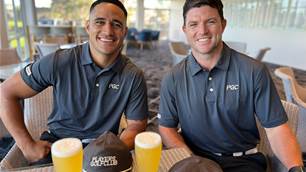
19 Holes With ... Chad Townsend and Val Holmes

Viva Las Vegas: Join Golf Australia magazine's Matt Cleary on a golf and rugby league spectacular
